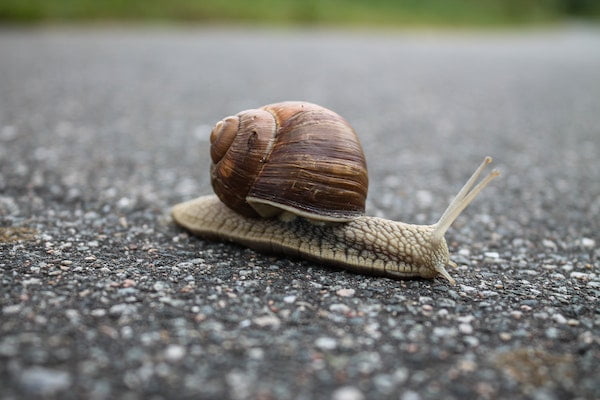Snail Drying Application
Drying or dehydration is the process of removing vaporisable substances such as water from solid materials in order to slow or stop microorganism growth or chemical reactions.
In traditional drying methods, heat is gradually transferred from the surface of the dried material to the interior due to the temperature difference between the hot surface of the product and the colder interior during the drying process.


Salting the snails before microwaving can be done for several reasons:
- Pre-treatment: Salting the snails is part of the preparation process beforehand. Salting makes it easier to clean the snails and remove their shells. Also, the salting process can help kill some harmful microorganisms present in the snails.
- Flavour and Textural Characteristics: The salting process gives snails a characteristic flavour. Salt brings out the natural taste of the snails and enriches the flavour. At the same time, the salting process affects the texture of the snails. Salt tightens the texture of the snails and makes them more chewy.
- Reducing Water Content: Salting helps to reduce the water content of snails. When the water content of snails is high, the microwave drying process can take longer. The salting process reduces the amount of water in the snails, making microwave drying more efficient and faster.
- Salting can optionally be applied prior to microwave drying. However, there may be special recipes or methods for salting snails. Therefore, before using snails for salting, it is important to follow the appropriate recipe or procedures.

Let Us Project For You
Let us develop and propose a special project for your sector, product and needs.



